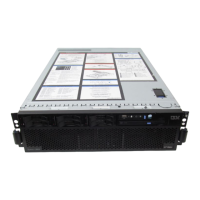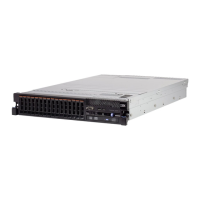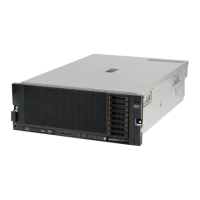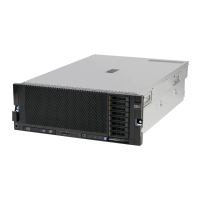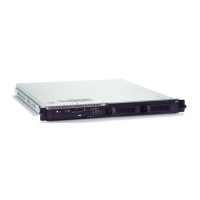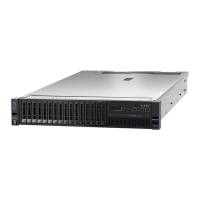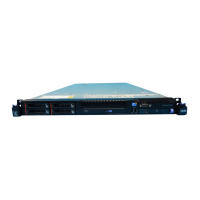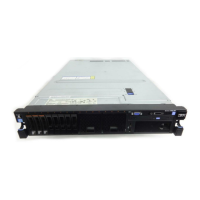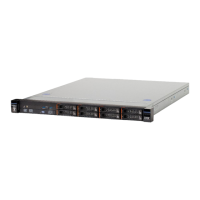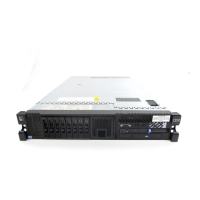382 IBM eX5 Implementation Guide
8.3 Recommendations
In this section, we describe the considerations when creating a 2-node scale or adding a
MAX5 to an HX5 blade. These settings help you to make decisions for performance and
maximum uptime.
8.3.1 Power sharing cap
If installing a MAX5, ensure that you do not discard the power sharing cap, as shown in
Figure 8-13 on page 383, which is removed when adding the MAX5. If the MAX5 is later
removed either to form a stand-alone system or a 2-node configuration, the power sharing
cap is required in order for the server to boot to POST. If not using a MAX5, ensure that the
power sharing block is in place and securely pushed down.
Important tip: When updating a 2-node configuration from the AMM, it is important that
you do
not choose Ignore Complex Groupings. This option treats each blade as an
individual blade, and both blades might not be updated, which might then lead to the
complex not being able to boot. The blades will not boot until the 2-node scalability card is
removed and the blades are reflashed individually.
Power sharing cap: The power sharing cap is sometimes referred to as the power jumper
cap.
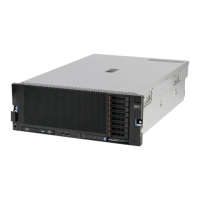
